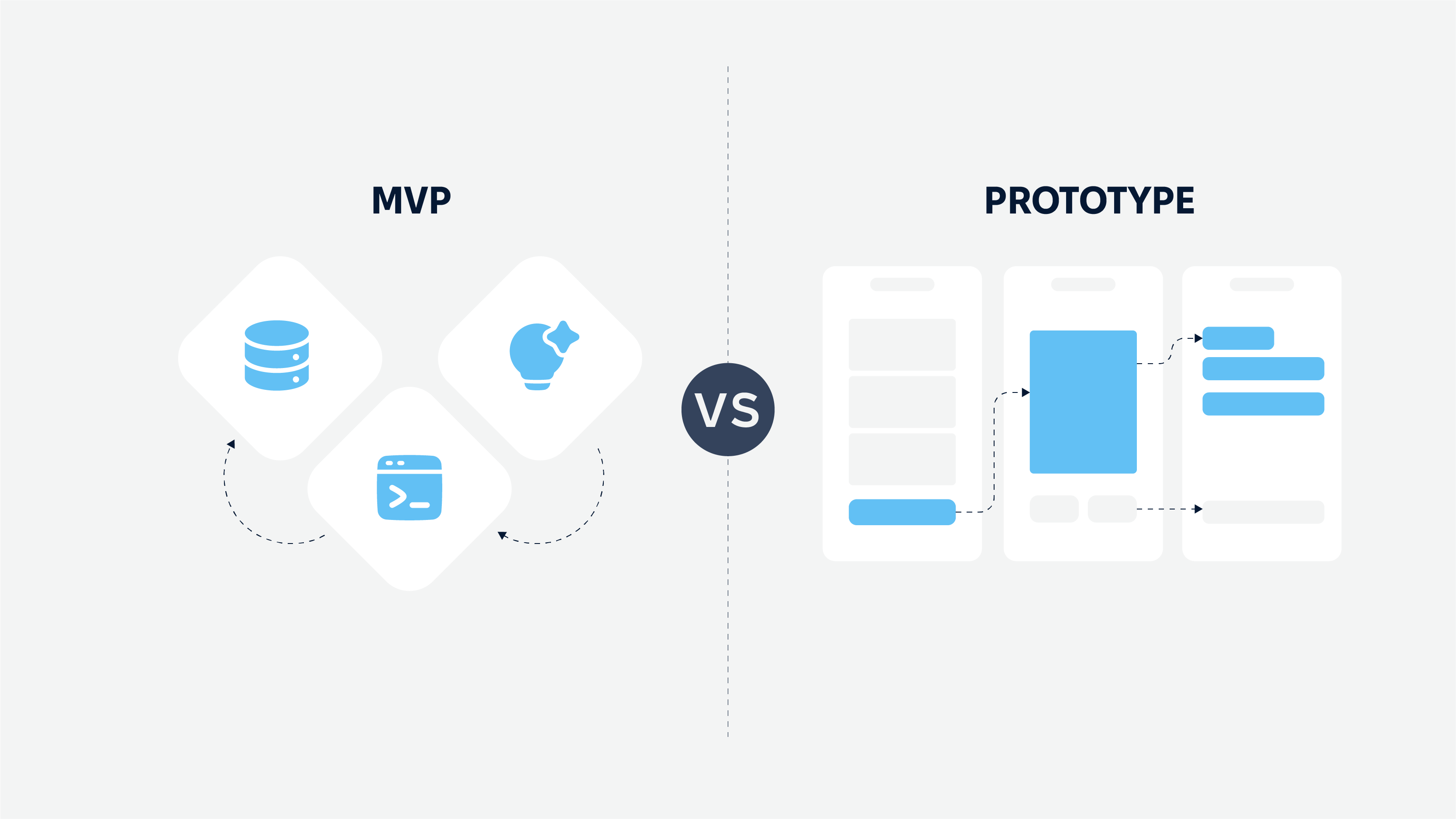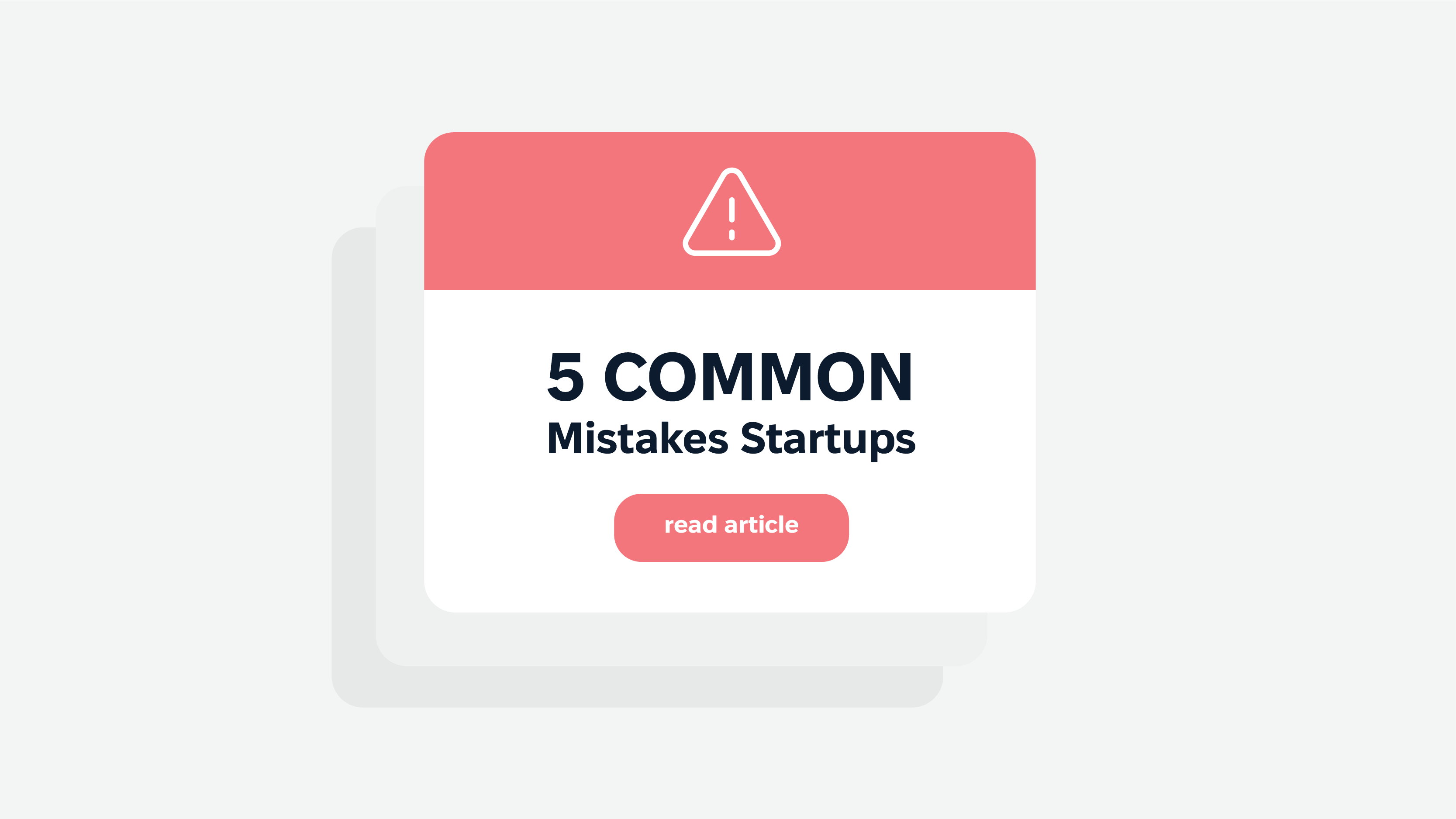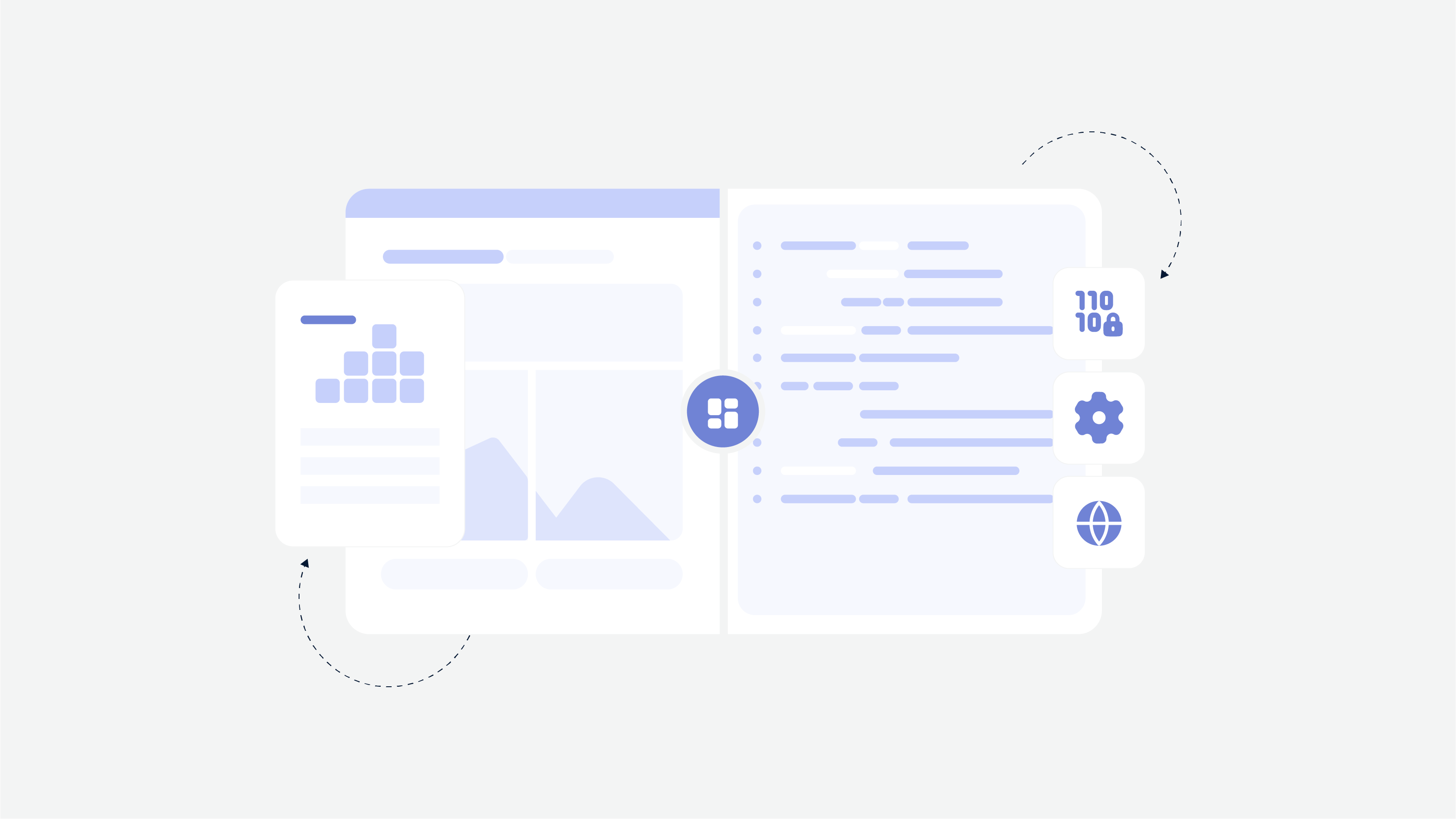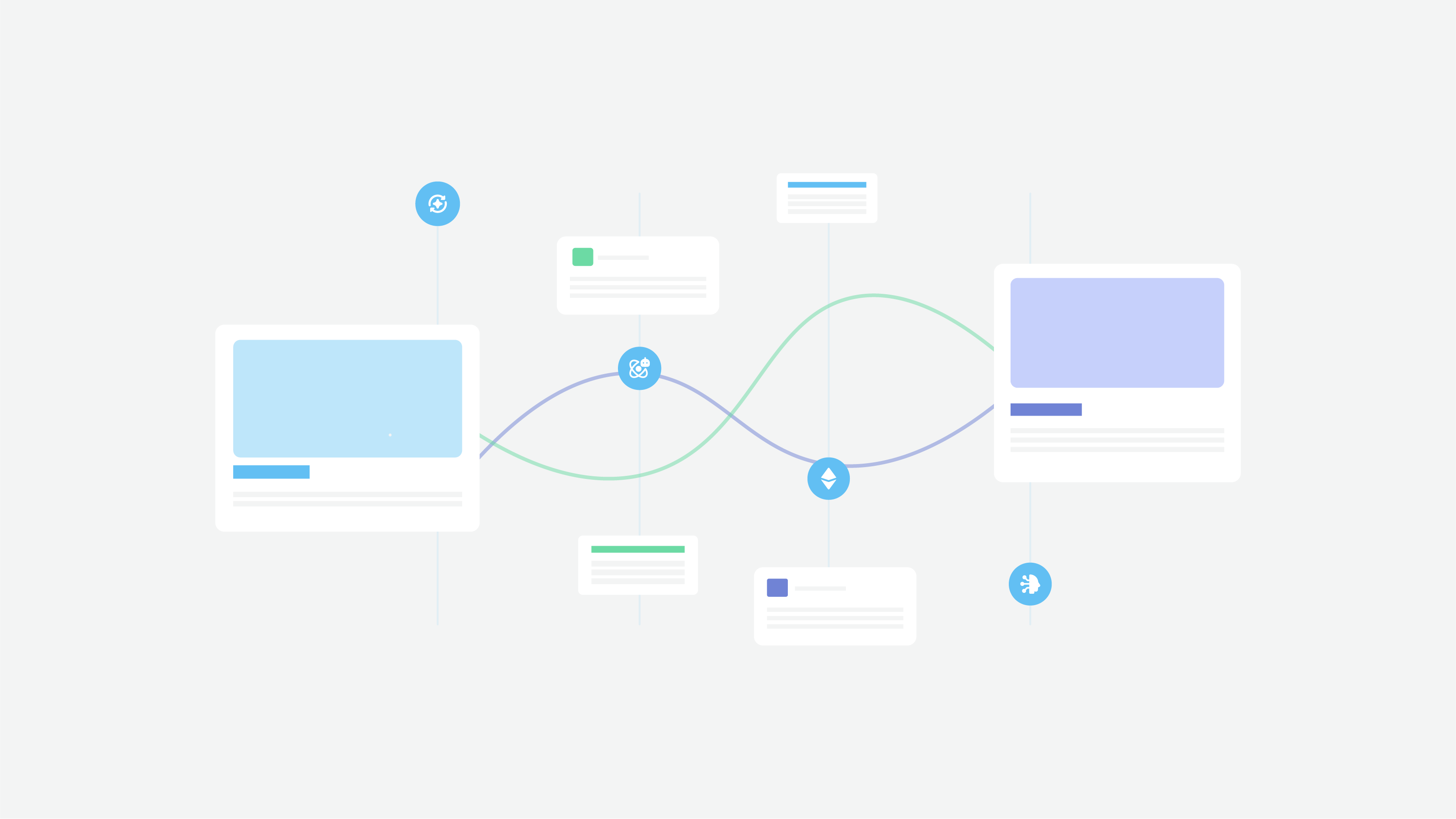SDLC is an essential part of software development. It is a methodology with defined processes for creating high-quality software. Our article aims to explain how it works, analyze the SDLC phases, and provide you with a comprehensive answer to the obvious question: why is the software development life cycle important? Enjoy reading!
General Information About SDLC
SDLC is a complex topic that should be deeply analyzed. The software development life cycle is a systematic process that aims to produce upscale software that meets customer expectations.
To gain this, the team goes through 7 phases of SDLC:
Planning;
Requirement analysis;
Software design;
Software development;
Testing;
Deployment;
Maintenance.
These stages cover the complete life cycle of software. Every phase of the SDLC life cycle has its process and deliverables. Adhering to the SDLC process leads to the development of the software in a systematic and disciplined manner.
Besides, SDLC is based on the principles that should be studied and followed by all the team members:
An effective organizational management strategy is essential to the success of SDLC.
Finance opportunities can’t be estimated accurately until the requirements are known.
Requirements should be prioritized, testable, traceable, verifiable, and unambiguous.
For the proper start of SDLC, you should model the requirements.
Keep the stakeholders engaged in the development process.
Build systems with minimal defects.
Make changes in the smallest steps possible.
Complete all project artifacts before implementation.
Implementing SDLC is all about quality, reducing costs, and saving time. Embracing the 7 stages, along with SDLC principles, will improve your quality assurance practices, increase your project success rate, and reduce rework.
Advantages and Disadvantages of SDLC
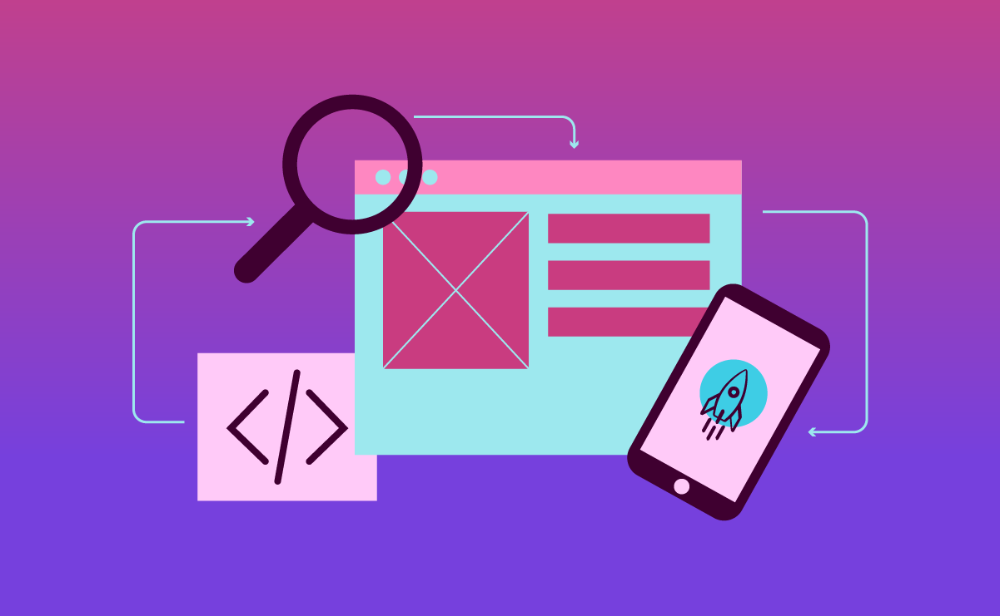
Advantages
SDLC is accompanied by the highest level of management control and documentation.
Developers understand what they should build and the reasons for that.
All the members have a clear plan for achieving specific goals.
Everyone understands the costs and resources required.
Disadvantages
The benefits of SDLC only exist if the team follows the plan.
Documentation is expensive and time-consuming to create.
User input is sometimes limited.
It does not tolerate changes in requirements.
As the software development life cycle is about breaking the software development workflow into essential steps, let’s analyze them in a more detailed way.
Software Development Life Cycle Stages
1. Planning
The purpose of this step is to find out the scope of both business and customers’ problems and determine solutions, resources, costs, time, benefits to solve them.
2. Systems Analysis and Requirement Phase in SDLC
It is the phase where teams consider the functional requirements of the project. The team conducts the system analysis and analyzes end-users’ needs to ensure the new system can meet their expectations.
All requirements are executed in a formal document called a Software Requirement Specification (SRS). This document is frequently used by project managers, business analysts, and senior software engineers.
3. Design
The main goal of the design phase in software development is to translate requirements into software design. This stage involves the design of the entire app and its elements. The design phase participants are Client, End-User, Business Analyst, Project Manager, Technical-Architect, Tech-Designer (as a part of Design-Team), Developers, Testing and Database Teams.
During the design phase, developers and technical architects start the high-level design (HLD) and low-level design (LLD) of the software to deliver each requirement from the previous phase.
HLD is the system’s overall plan, while LLD is a design of its components with a detailed description, configurations, and processes previously described in the HLD.
Everything from this stage is executed in the System Design Document. It’s written for each project individually, but it usually involves the results on HLD and LLD.
At the end of the design phase, the team determines whether the proposed design meets the initial set of business and customers’ goals or not.
4. Development
This phase aims to transform approved design architecture into a consistent working system with all the requirements identified during earlier phases of the life cycle. The development phase marks the end of the initial section of the process.
In particular, a programmer, network engineer, and database developer start working on the software. Besides, they work closely with the Project Manager, Implementation Manager, and Integration Supervisor.
You can also find an interesting our another article: What Does a Software Engineer Do: Responsibilities, Roles, Salary
5. Integration and Testing Development Life Cycle
The fifth phase is about systems integration, testing of programs and procedures. It is carried out by a Quality Assurance (QA) engineer.
Quality Assurance is an ongoing process that continues until the software is entirely free of bugs and meets all the requirements. Verification and validation are the integral parts of this phase too. They help to ensure the program’s successful completion.
6. Installation/Deployment
Once the software testing phase ends, no bugs or errors are left in the system, and the majority of the code is written; then, the sixth phase starts. The objective of this phase is to make the software functionality in a live environment. Additionally, this phase involves the actual installation of the newly-developed system.
The deployment comes when the product is fully tested. The team may provide training to the real-time users to finish the post-deployment review in this phase.
In this phase, managers are responsible for reviewing the deliverables and checking the deployment status, whereas PM’s are responsible for the successful execution of software deployment.
7. Operations and Maintenance
The final phase involves maintenance and regular required updates. End-users can help fine-tune the system if they wish, boost performance, add new capabilities, or additional requirements.
Now, you know about the phases of SDLC. Let’s move to the models of SDLC to find out which one suits your project best.
Models of SDLC
Generally, SDLC models are the tools that you can use to deliver your software project better. To decide which one is suitable for the project context, you should know and understand each of them.
Agile. The approach is about releasing the cycles, featuring small changes from the previous release. At each iteration, the product is tested. The Agile model helps teams to identify small issues in projects before they turn into big problems.
Pros of Agile: Cons of Agile: flexibility; hard to predict; the product quickly gets to the market; the final product isn’t released at one go; efficient team communication. documentation is left behind. Many teams apply an Agile framework known as Scrum to structure complex development projects. Scrum teams work in “sprints,” which usually last two to four weeks to complete assigned tasks.
Lean. The Lean process means working on one assigned task at a time, so there are no multitasking chances. With the Lean model, the project teams can drop unnecessary meetings and reduce documentation.
Pros of Lean: Cons of Lean: efficient management of processes; a lack of time; a smart way of working; a lack of strategy; more focus and value for customers. high implementation cost. Waterfall. This model is considered to be the oldest of the structured SDLC methodologies. The waterfall is a very straightforward approach: finish one stage, then move on to the next. Each step is based on information from the previous step and has its project plan.
Pros of Waterfall: Cons of Waterfall: no financial surprises; difficult definition of needs; the outcome is clear; a lack of flexibility; you get what you plan; long delivery time. timescales are kept. Iterative. According to this model, a new version of the software is produced with each phase or iteration. The team repeats the iteration until the complete system is ready.
Pros of Iterative: Cons of Iterative: quick project launch; no fixed budgets or deadlines; risk reduction; possible problems with architecture. regular release of new versions; efficient feedback from customers. Spiral. It is one of the most flexible SDLC methodologies. The Spiral model is typically used for large projects. The Spiral has something in common with the Iterative model with its repetition. In particular, the project passes through 4 phases (planning, risk analysis, engineering, and evaluation) over and over in a “spiral” until completed.
Pros of Spiral: Cons of Spiral: suitable for large-scale products; can be expensive to implement; easy and effective monitoring; not ideal for small projects; focus on documentation control. success may depend on risk analysis. DevOps. This methodology is a newcomer to the SDLC scene. Developers and Operations teams work together closely. Discipline, continuous feedback, process improvement, and automation of development processes are hallmarks of the DevOps model.
Pros of DevOps: Cons of DevOps: better workflow management; difficulties with integration; reliable releases; lack of automated testing; quick bug fixing. relatively high costs. Each approach varies in some ways from the others, but they have a common purpose: to help development teams to deliver high-quality software quickly and cost-effectively.
Some Final Thoughts
In this article, we’ve tried to provide you with a comprehensive guide to the SDLC stages and models. Adherence to a suitable life cycle is essential for the successful completion of the project.
Choosing the right SDLC methodology for developing any kind of software is very important. For instance, in Cadabra Studio, we use Agile software development, and there are many reasons for that. If you make the wrong choice, the entire process will step back or even make it an irrecoverable project.
However, we prefer to use documentation and control the process on all the development stages. Therefore, if you need a consultation about the SDLC stages, models, or other related stuff, don’t hesitate to contact us! We are always eager to help.



